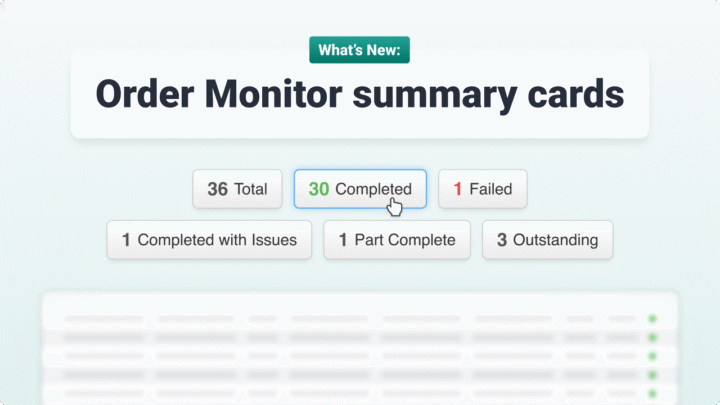For businesses or operations navigating today’s increasingly competitive and complex logistics sector, route scheduling For businesses or operations navigating today’s increasingly competitive and complex logistics sector, route scheduling offers significant benefits across various roles and industries.
For logistics managers, sustainability leads, and e-commerce businesses alike, a comprehensive understanding of its implementation can lead to a streamlined supply chain, improved profitability, enhanced customer satisfaction, and increased operational efficiency.
This guide takes a closer look at what route scheduling is and the role it plays, as well as the benefits of the concept.
What is route scheduling?
In logistics, route scheduling is the process of planning and organising the most efficient and cost-effective routes for vehicles to navigate when delivering goods or providing services.
Think of it as creating the optimal sequence of stops and the best way to get between them.
It involves considering a number of factors, such as: delivery locations, time windows, vehicle capacity, traffic conditions, road restrictions and more.
Efficient route scheduling is therefore more than just going from A to B.
It’s about making the journey as efficient as possible in order to cut down on travel time, use less fuel, increase delivery success rates, and make sure deliveries arrive when they should.
What are the benefits of route scheduling and why is it important?
Route scheduling and investment in such software is crucial for a number of reasons, in particular because it directly affects delivery success rates.
A well-planned route ensures that deliveries arrive on time and to the correct location, which boosts customer satisfaction rates and helps build customer loyalty.
Research has found that 76% of consumers believe last mile delivery experience serves as a critical indicator of a brand’s commitment to its customers.
Route scheduling also reduces running costs by minimising fuel consumption. Making delivery and collection routes more efficient can lead to significant savings over time by reducing the number of empty miles travelled across a logistics operation.
To put this into perspective, a report by the U.S. Department of Energy states that optimised logistics can cut fuel usage by 15-20%, leading to substantial savings.
And finally, because of the reduced fuel consumption, good routing is better for the environment, as it reduces carbon emissions.
Effective route optimisation can reduce carbon emissions by 5% to 25%, which can help businesses meet sustainability targets and regulations.
The role of scheduling software
Integrating scheduling software into logistics operations offers significant strategic advantages.
Such tools leverage advanced algorithms to analyse variables such as traffic patterns, delivery timeframes, and vehicle capacity, therefore optimising route efficiency.
Check out how quickly and easily you can plan optimised routes for deliveries and collections using the interactive demo of Stream below:
Stream, for example, enables organisations to quickly load and plan your delivery and collection stops, fine-tune and optimise your multi-drop routes, then send them straight to your drivers in the Stream mobile app.
By automating route planning, organisations can decrease the time and resources allocated to logistics and delivery management, enabling teams to free up time in order to focus on other aspects.
The challenges of route scheduling
While the importance of efficient and effective route scheduling has been outlined, its implementation is not without considerable challenges.
External factors such as traffic congestion, adverse weather conditions, and unforeseen modifications to delivery schedules can disrupt planned routes and hinder delivery times in the process.
Traffic congestion alone is estimated to cost the UK economy £30.8 billion each year.
This breaks down to an average annual cost of £968 per driver, encompassing lost time, wasted fuel, and wider impacts on businesses.
To strategically address complexities of route management such as these, operations should look to invest in advanced tools such as a Transport Management System (TMS).
Specifically, implementing a TMS that typically integrates route scheduling, route planning, route optimisation, among functionalities will provide a robust framework for effectively navigating these challenges.
Key features of scheduling software
Real-time data analysis
Scheduling software can process traffic information in real-time, making sure routes are adjusted on-the-go to find the most efficient solution possible for that journey.
This feature allows delivery drivers to react quickly to disruptions, like accidents or road closures, minimising delays and increasing on-time delivery rates.
Automated route planning
By automating the route planning process it takes away having to manually plan a route through a designated specialist, and instead the software will work out the best routes based on current conditions and limitations, with minimal manual input.
This automation reduces the chance of human error and ensures every route is as cost and time-efficient as possible, freeing up time and resources that can be better spent elsewhere.
Scalability
As your business grows, scheduling software can easily handle more vehicles and delivery routes, even when businesses or operations are processing thousands of deliveries a day.
This means the system stays effective irrespective of demand changes or how big your operation gets, allowing your business to grow at scale.
Integration capabilities
Most platforms that offer route scheduling can be integrated with other systems, providing a single platform for all your logistics operations.
This joined-up approach improves data visibility across the organisation, leading to better decision making and operational coordination.
Conclusion
Efficient route scheduling is a vital part of running a successful logistics operation, offering significant benefits in terms of saving money, reducing environmental impact, and ensuring customer satisfaction continues in a positive trend.
By embracing route scheduling software and putting robust fleet management practices in place, businesses can improve their delivery operations and target sustainable growth.



